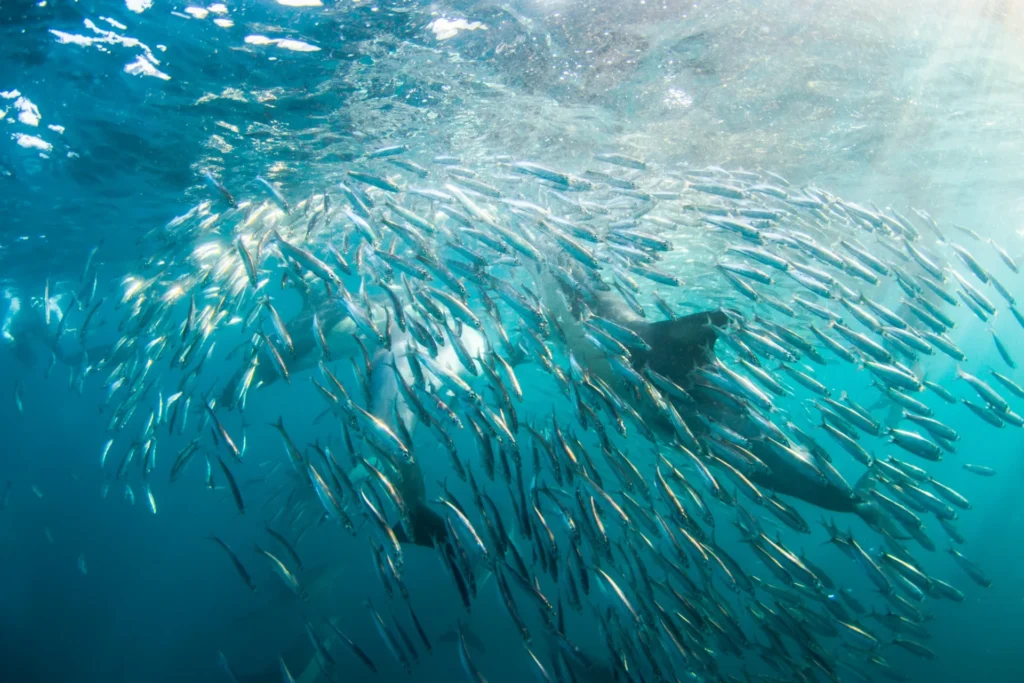The Alaska seafood industry’s task force unveiled draft recommendations addressing challenges such as collapsing fisheries, workforce shortages, and rising operational costs. During a recent two-day hearing in Anchorage, task force members reviewed proposals aimed at revitalizing the state’s struggling seafood sector.
The recommendations range from local initiatives such as community cold storage facilities to international efforts including enhanced marketing campaigns for Alaska fish. Senate President Gary Stevens, R-Kodiak emphasized the urgency of the task highlighting the January 21st report deadline.
Representative Louise Stutes, R-Kodiak expressed optimism stating “We can hit the ground running because we’ve got some good solid ideas.” The draft prioritizes marketing strategies and the development of non-traditional products like protein powder and fish oil to expand revenue streams.
Federal support emerged as a critical component with Senator Lisa Murkowski, spotlighting recent legislative wins like the FISHES Act. This new law aims to expedite fisheries disaster relief, addressing a crisis that cost Alaska’s seafood industry $1.8 billion from 2022 to 2023.
However, Priest Stevens warned that tariff policies could harm seafood exports as international markets constitute 70% of the industry’s value. Jeremy Woodrow, ASMI’s director, stressed the need for swift responses to trade disputes, focusing on the industry’s vulnerability in global markets.
Taskforce members agreed that Alaska must innovate to survive. Senator Jesse Bjorkman stated, “We need to take a look at how we can increase market share for Alaska seafood and how we can increase value.” The Alaska seafood industry’s task force will refine its proposals before presenting a final report to lawmakers early this year.
This news was originally published by Alaska Beacon.









